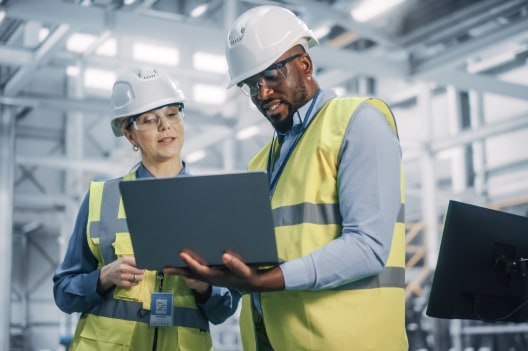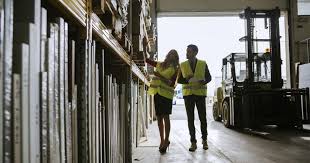In today’s rapidly evolving world, the demand for efficient and sustainable manufacturing shelters is more crucial than ever. As industries expand and urbanization accelerates, the need for robust structures that can withstand diverse environmental conditions while providing safe and functional workspaces has become a priority. This article delves into the multifaceted aspects of manufacturing shelters, exploring their design, materials, and the innovative technologies shaping their development.
Manufacturing shelters are not only essential for protecting equipment and personnel but also play a significant role in enhancing productivity and operational efficiency. With a focus on sustainability, modern manufacturing shelters are being designed to minimize environmental impact while maximizing energy efficiency. From modular structures to cutting-edge materials, this article will highlight the key trends and best practices in the design and construction of manufacturing shelters that cater to the future of industrial operations.

Innovative Design Approaches
Modern manufacturing shelters are increasingly embracing modular design principles, allowing for flexible use of space and quick assembly on site. This adaptability is essential for industries looking to scale operations without the lengthy delays associated with traditional construction methods. Furthermore, incorporating eco-friendly materials such as recycled steel and insulated panels not only meets regulatory demands but also contributes to lower overall energy consumption. As businesses strive to balance profitability with environmental stewardship, innovative companies are leading the charge in creating sustainable manufacturing solutions, such as the Leading Companies in Mexico, which offer advanced technologies that enhance structural durability and efficiency.
Enhanced Operational Efficiency
Effective manufacturing shelters are designed to maximize operational workflow and safety. Integrating smart technologies, such as IoT sensors for climate control and predictive maintenance, can significantly improve working conditions and reduce downtime. Additionally, investing in proper insulation and ventilation systems helps maintain optimal temperatures, reducing energy costs while ensuring a conducive environment for both personnel and machinery. Ultimately, the future of manufacturing shelters lies in their ability to adapt to the evolving needs of industries, blending functionality with innovative solutions that enhance overall productivity.
In conclusion, the evolution of manufacturing shelters represents a vital intersection of innovation, sustainability, and efficiency as industries progress into the future. By embracing modular designs, eco-friendly materials, and smart technologies, manufacturers can create flexible, resilient structures that not only protect assets and personnel but also optimize operations in a dynamic environment. As we move forward, the continuous exploration of advanced solutions in manufacturing shelters will be paramount in meeting the challenges of an increasingly complex industrial landscape, enabling companies to thrive while contributing positively to their surrounding ecosystems. Ultimately, the commitment to developing better manufacturing shelters reflects a broader vision for a sustainable and productive future in manufacturing.






